A Timeless Journey Through the Evolution of Interior Design
April 17, 2024
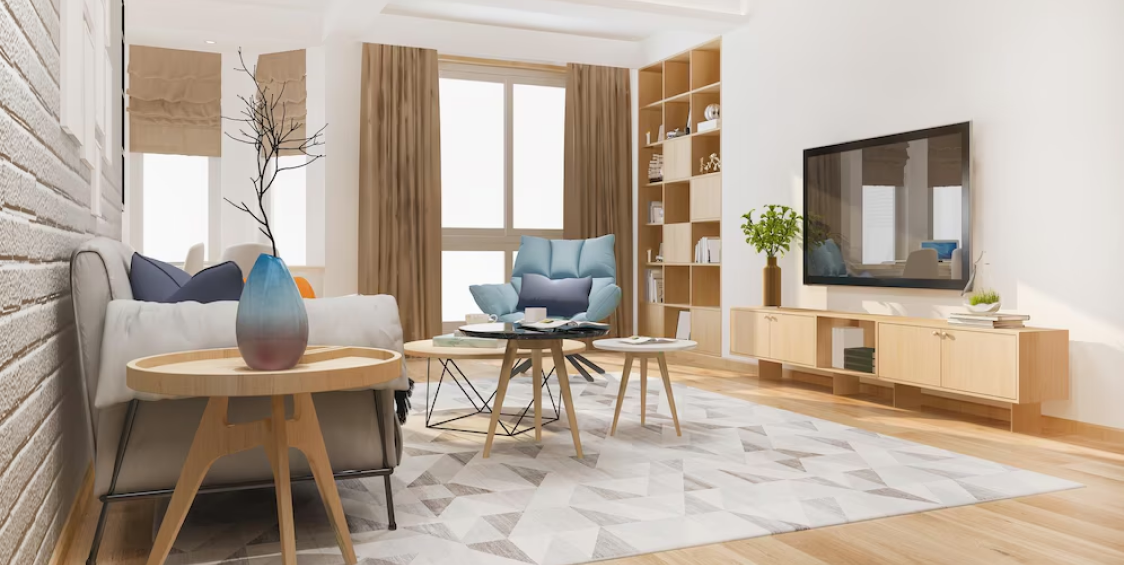
The history of interior design through the decades stands as a compelling narrative that mirrors the ever-changing tastes, cultural influences, and design philosophies that have shaped our living spaces. The term “interior design evolution” encapsulates the dynamic journey of this discipline, tracing its trajectory from the opulent detailing of the early 20th century to the sleek minimalism of mid-century modernism and the eclectic fusion of styles in the 21st century.
The history of interior design captures the essence of how each era contributes to a continuous and transformative narrative, weaving a tapestry that reflects the spirit of its time. The exploration of the history of interior design through the decades not only reveals the cyclical nature of design trends but also highlights the innovative responses to societal shifts, contributing to the diverse and fascinating interior designs.
17th Century
The 17th century marked a pivotal era of interior design around the world. As societies underwent transformative shifts, so did the aesthetics and functionalities of interior spaces. The interior design evolution during this period was characterized by an embrace of opulence and grandiosity.
Western Design
Across Europe, particularly in countries like France and England, the interiors of the aristocratic residences displayed intricate detailing, ornate furnishings, and lavish tapestries. The concept of interior evolution was evident in the transition from medieval simplicity to the burgeoning Baroque and Rococo styles.
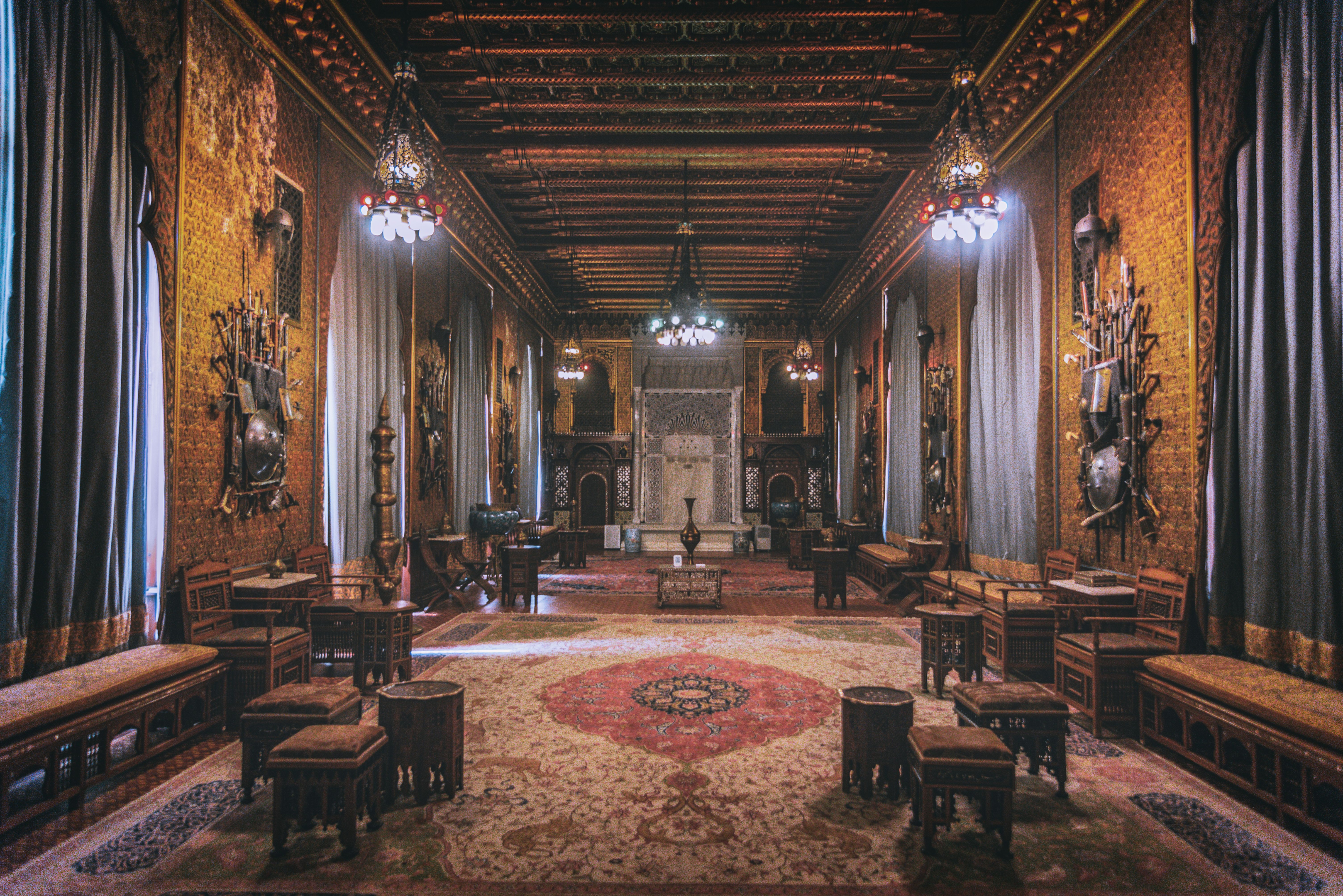
Eastern Design
In Asia, countries like China and Japan showcased their unique interpretations of interior design, emphasizing the harmony between nature and living spaces. The 17th-century interior design landscape globally reflected both regional influences and the broader evolution of design principles, creating a rich tapestry of styles that continue to inspire contemporary interpretations today.
18th Century
The 18th century witnessed a remarkable evolution in interior design across the globe, as it transitioned from the opulence of the Baroque and Rococo periods to the emergence of the neoclassical ideals. This marked shift in interior design evolution was characterized by a departure from excessive ornamentation and a renewed emphasis on symmetry, proportion, and classical motifs.
Western and Eastern Design
In Europe, particularly in France and England, the interiors of aristocratic residences transformed into elegant, harmonious spaces inspired by ancient Greek and Roman aesthetics. The interior design evolution of the 18th century was not confined to the Western world; in Asia, countries such as China and Japan adapted their traditional design elements to incorporate global influences.
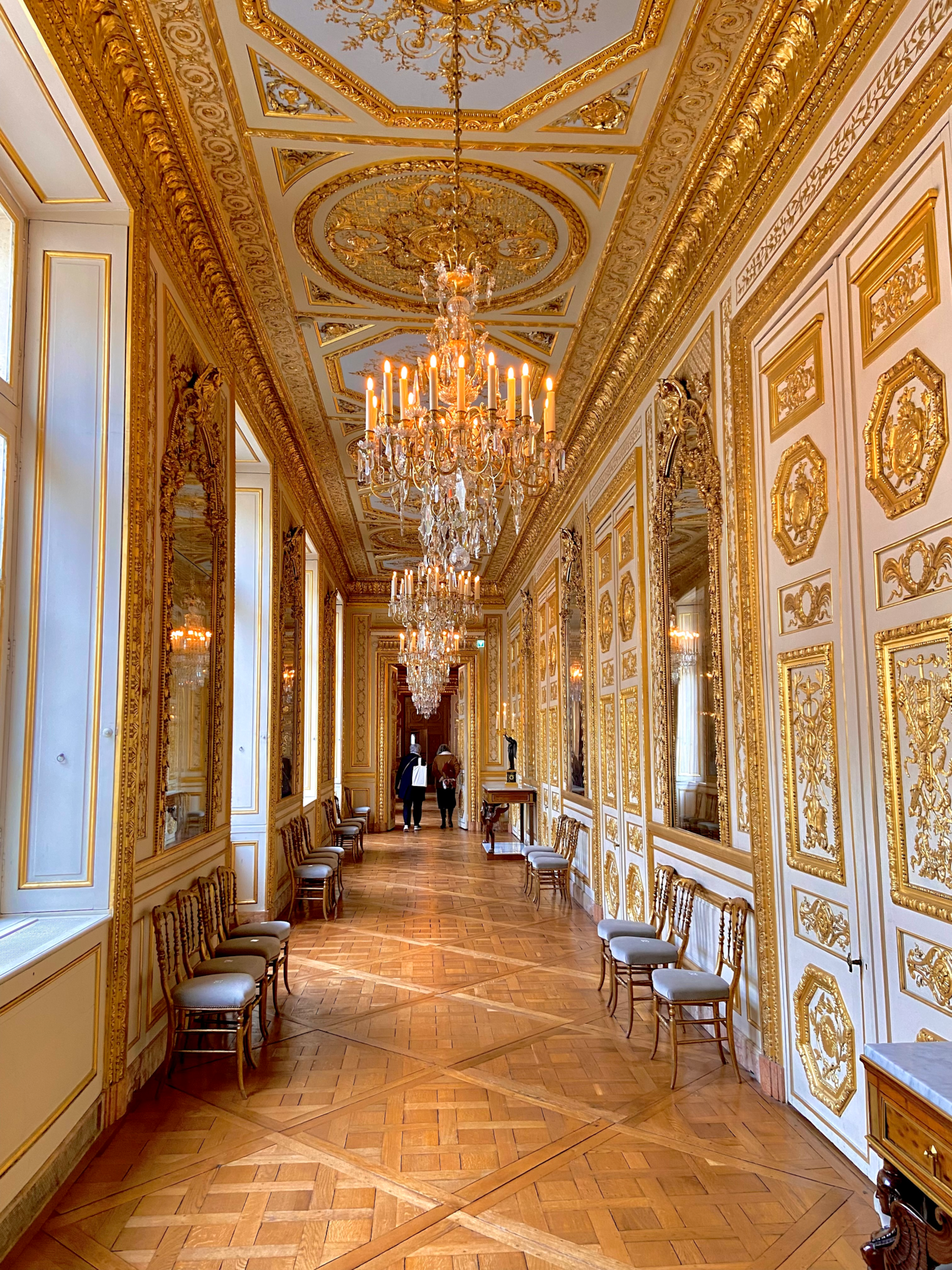
The 18th-century interior design landscape reflects a global exchange of ideas, with each region contributing to the era’s distinctive style. The evolution of interiors during this century laid the groundwork for the diverse design philosophies that would emerge in the centuries to come.
19th Century
The 19th century was a pivotal era in the global interior design evolution, marked by a rich tapestry of styles that mirrored the cultural and technological advancements of the time. The interior design evolution during this century witnessed a departure from the strict neoclassical principles of the previous era, giving rise to diverse movements such as Romanticism, Victorianism, and the Arts and Crafts movement.
Western Design
In Europe, opulent furnishings, intricate wallpapers, and rich color palettes characterized Victorian interiors, reflecting the prevailing sentiment of prosperity. Simultaneously, the Arts and Crafts movement championed a return to craftsmanship and simplicity, challenging the dominant trends. As industrialization gained momentum, technological innovations influenced interior design across continents.

Eastern Design
In Asia, the fusion of traditional aesthetics with Western influences created unique design expressions. The 19th-century interior design encapsulates a period of experimentation and a shift towards more individualistic, eclectic styles, laying the foundation for the diverse design landscape that would emerge in the subsequent centuries.
20th Century
The 20th century witnessed a profound and dynamic evolution in interior design that reflected the seismic shifts in societal, cultural, and technological landscapes across the globe. The interior design evolution during this century saw a departure from the ornate styles of the 19th century towards modernism, characterized by clean lines, simplicity, and functionality. The mid-century modern movement emerged as a significant influence, promoting open spaces, innovative materials, and iconic furniture designs.
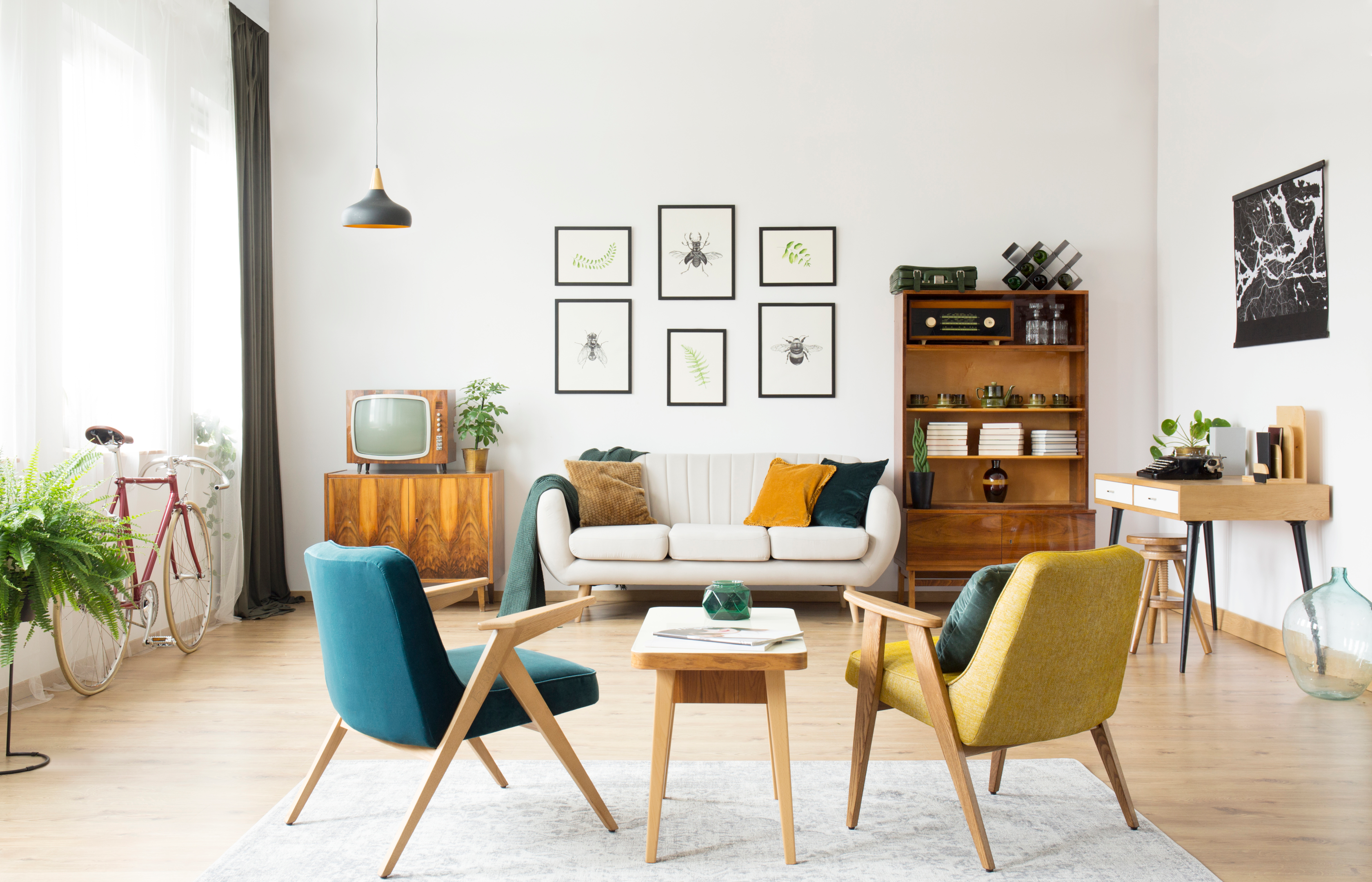
As the century progressed, diverse design movements such as Art Deco, Bauhaus, and postmodernism showcased a myriad of styles and philosophies. The proliferation of technology also played a pivotal role, leading to futuristic and minimalist interiors. Regional influences were pronounced, with Scandinavian design, Japanese minimalism, and other global styles making significant contributions. The 20th-century interior design reflects a constant state of flux, adapting to the changing needs and ideologies of each era, ultimately shaping a diverse and eclectic design landscape that continues to inspire contemporary interiors today.
21st Century
The 21st century has ushered in a new era of interior design marked by a dynamic and rapidly evolving landscape that encapsulates the spirit of our contemporary age. The interior design evolution of this century is characterized by a fusion of styles, reflecting a more inclusive approach that draws inspiration from various historical periods and cultural influences.
Sustainability and technology have emerged as key drivers, influencing material choices and design practices. Minimalist aesthetics, characterized by clean lines and open spaces, have continued to resonate, while eclectic interiors that blend diverse elements have gained popularity.
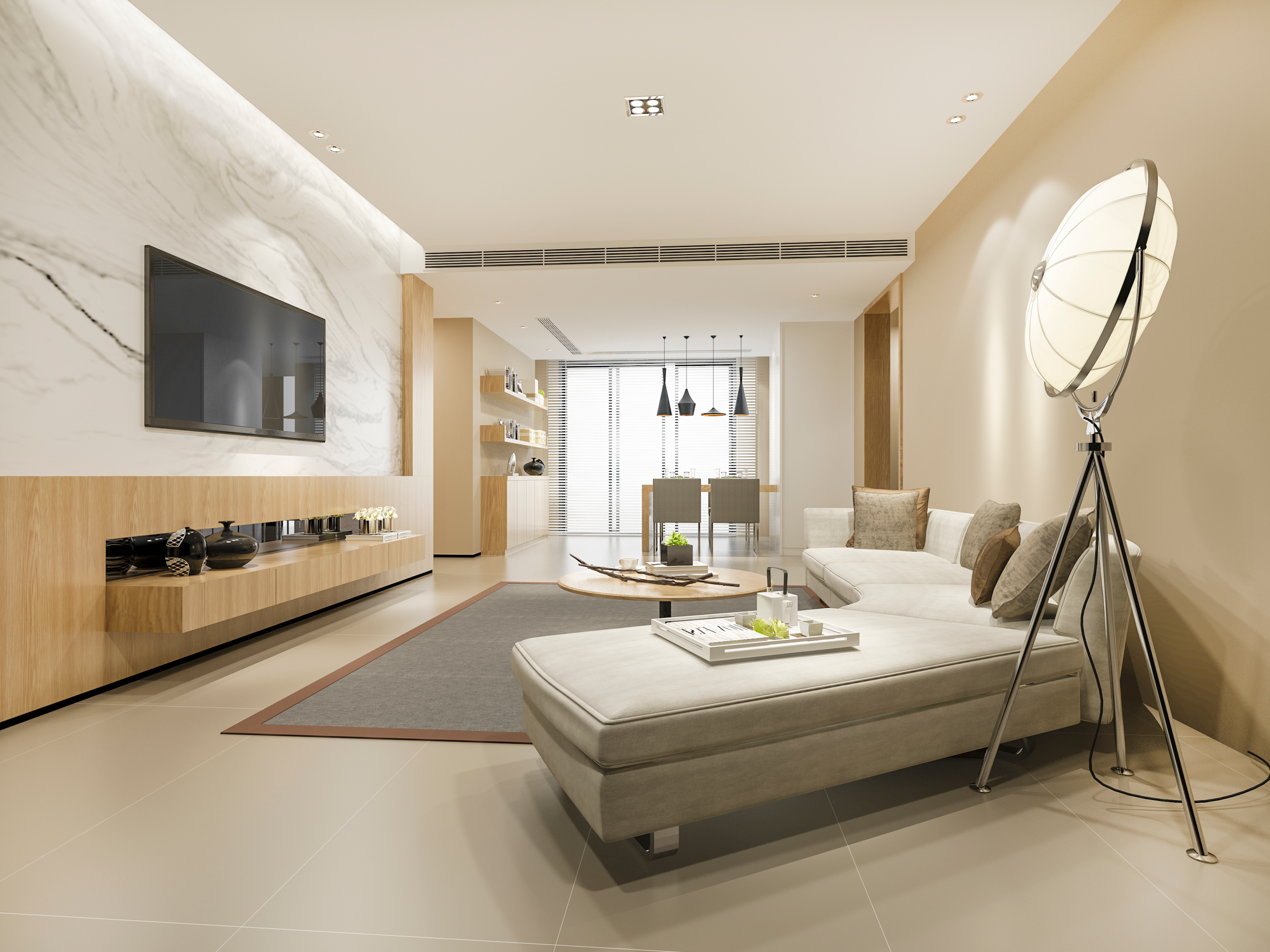
Interior design during this period has become more fluid, allowing for a seamless integration of traditional craftsmanship with cutting-edge technology. Globalization has further fueled a cross-cultural exchange, resulting in a rich tapestry of design that transcends geographical boundaries. The 21st-century interior design landscape is a reflection of our interconnected world, where creativity knows no bounds, and the evolution of interiors continues to be a dynamic and ever-evolving process.
End Note
The history of interior design throughout the decades has been a fascinating journey, mirroring the changing tastes, cultural influences, and societal shifts that have shaped our living spaces worldwide. From the opulence of the 17th century to the neoclassical ideals of the 18th, the eclectic styles of the 19th, and the diverse movements of the 20th and 21st centuries, each era has left an indelible mark on the way we perceive and interact with our interiors.
The evolution of interior design encapsulates the continuous adaptation of design principles to reflect the evolving needs and aspirations of society. As we navigate the intricate tapestry of historical styles and contemporary influences, interior design remains a dynamic and ever-evolving field, showcasing the creativity and adaptability inherent in the human spirit.
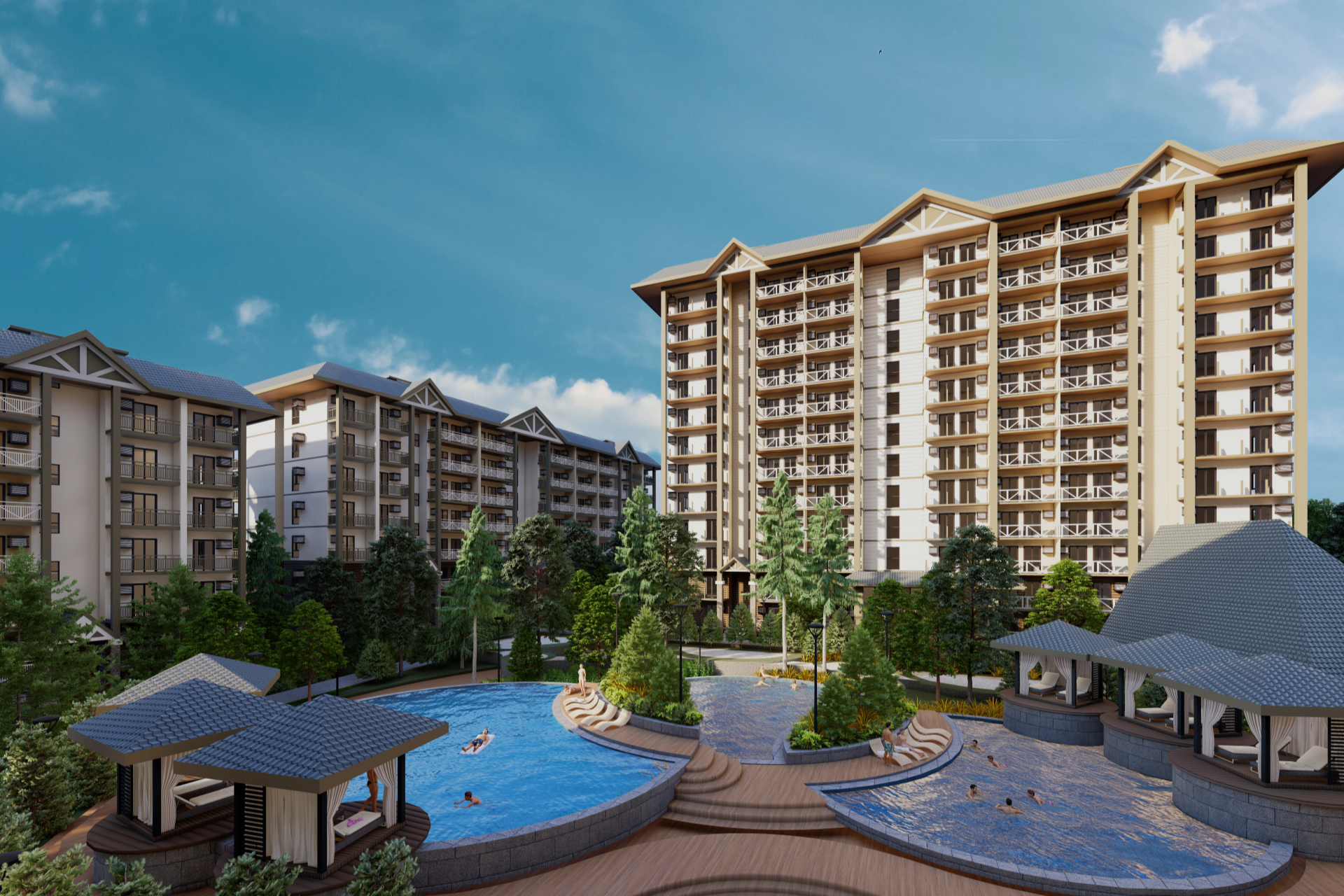
Speaking of timeless design and holistic living, Pinevale Tagaytay stands as a modern masterpiece that seamlessly integrates the best of the contemporary interior design with the tranquil ambiance of Tagaytay. This condominium, nestled amidst nature’s beauty, not only offers a luxurious and stylish living space but also prioritizes health and wellness. The meticulously designed interiors at Pinevale Tagaytay provide a harmonious blend of comfort and aesthetics, creating an environment that promotes relaxation and rejuvenation.
For those seeking a home that embodies the essence of the evolution of the interior design, Pinevale Tagaytay presents an exceptional opportunity – a condo for sale where every detail has been thoughtfully crafted to enhance the well-being of its residents. Elevate your living experience at Pinevale Tagaytay, where the evolution of interior design meets the tranquility of nature, creating a space that nurtures both your lifestyle and your health.

For more information on Vista Land’s developments nationwide, visit

